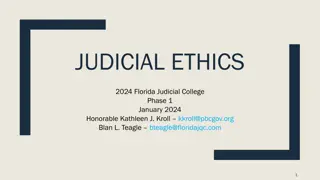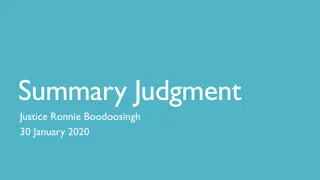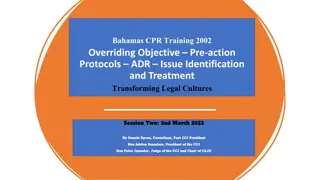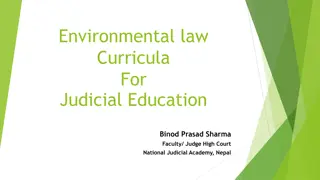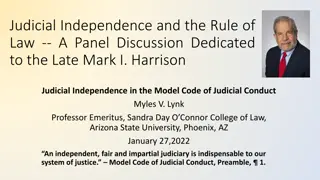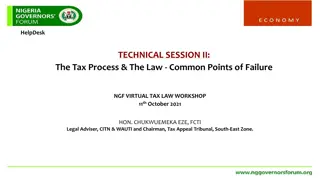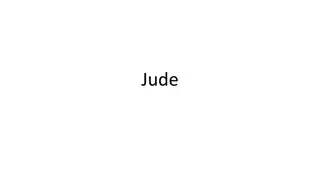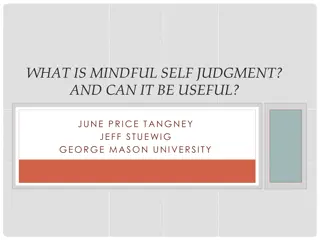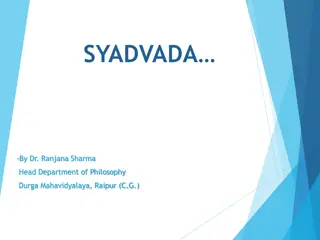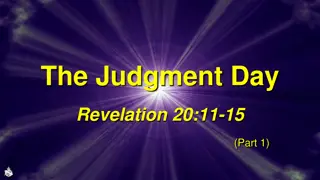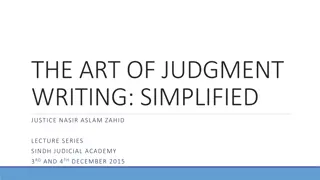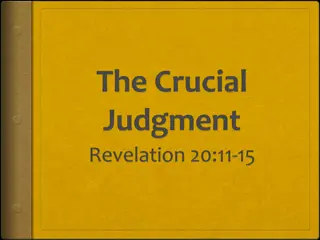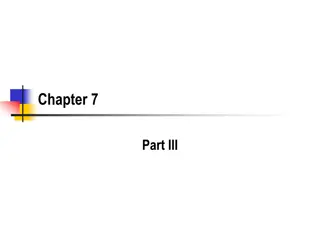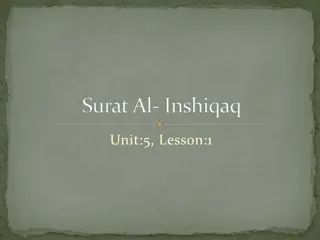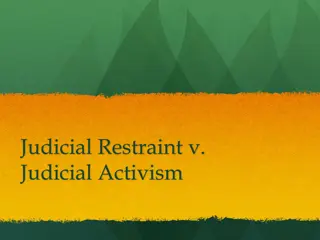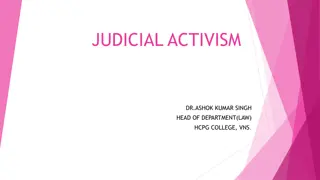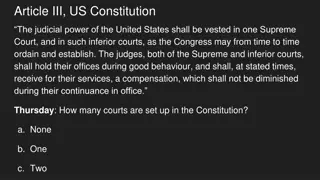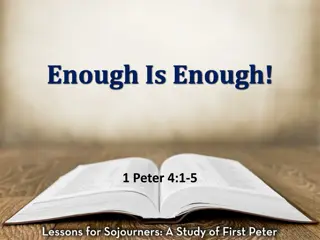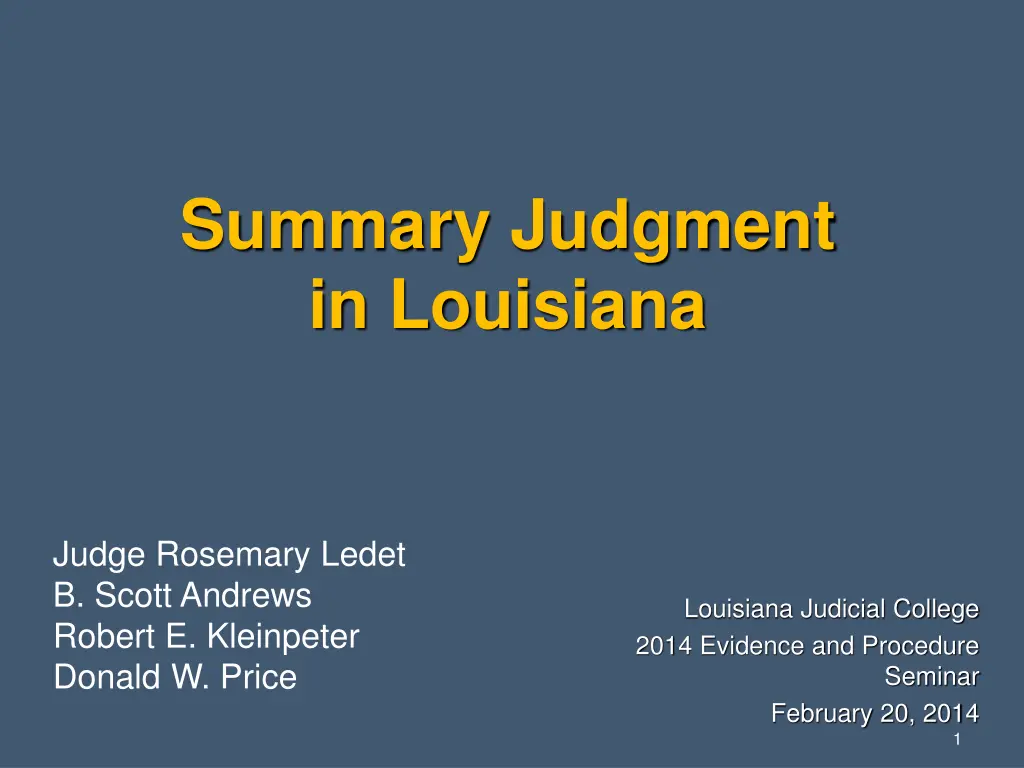
Louisiana Summary Judgment Historical Perspective
Explore the evolution of summary judgment in Louisiana from a historical perspective, showcasing the changes in legal procedures and court responses over the years, including key rulings from the United States Supreme Court. Gain insights into the significance of summary judgment in modern legal practice.
Uploaded on | 0 Views
Download Presentation

Please find below an Image/Link to download the presentation.
The content on the website is provided AS IS for your information and personal use only. It may not be sold, licensed, or shared on other websites without obtaining consent from the author. If you encounter any issues during the download, it is possible that the publisher has removed the file from their server.
You are allowed to download the files provided on this website for personal or commercial use, subject to the condition that they are used lawfully. All files are the property of their respective owners.
The content on the website is provided AS IS for your information and personal use only. It may not be sold, licensed, or shared on other websites without obtaining consent from the author.
E N D
Presentation Transcript
Summary Judgment in Louisiana Judge Rosemary Ledet B. Scott Andrews Robert E. Kleinpeter Donald W. Price Louisiana Judicial College 2014 Evidence and Procedure Seminar February 20, 2014 1
Summary Judgment An Historical Perspective 2
Rule 56 of FRCP In 1938, the federal rules created a summary judgment process: applied to all actions a method for promptly disposing of actions in which there is no genuine issue of material fact 3
The Initial Federal Court Approach For many decades after 1938: Summary judgment was the exception, not the rule Courts were expected to be tougher on the movants than on the parties resisting summary judgment 4
The1960 Code of Civil Procedure Included a procedure for summary judgment Official comments observed it will not be successfully utilized often but the device should go very far in discouraging [frivolous] demands and defenses. Unavailable in certain family law cases No partial summary judgment 5
Louisiana Judicial Response to Summary Judgment Appropriate to consider federal jurisprudence Kay v. Carter Any doubt must be resolved against the motion Burden on the mover was strict Not appropriate for the determination of subjective or complex facts 6
1986 Rulings of the United States Supreme Court Summary judgment was granted: In Matsushita, where there could be no inference of conspiracy In Anderson, where the court equated the issue on a MSJ to that on directed verdict In Celotex, burden of proof bearer must establish the existence of a triable factual issue on that element 7
The CCP 1996 and 1997 Amendments Summary judgment is favored Burden of production of evidence on party who bears burden of proof Must be ruled on at least 10 days before trial Allowed even though it does not dispose of the case Evidence to be scrutinized equally, removes trial presumption 8
Subsequent Developments I Greater use of MSJ Expert testimony must be considered if it would be admissible at trial Times for serving attachments and filing opposition papers are mandatory MSJ shall be rendered only as to those issues set forth in the motion before the court 9
Subsequent Developments II If the court determines that a party or nonparty is not negligent or did not cause, the injury or harm alleged, that party or nonparty may not be considered in any subsequent allocation of fault. [excepting 1005]. Only evidence admitted for the MSJ shall be considered by the court Trial court must provide reasons for denial of MSJ In 2013, all attachments to, or opposing, the MSJ are deemed admitted into evidence 10
Amendments to Art. 966 Act 36 of 1966 Act 101 of 1983 Act 89 of 1984 Act 71 of 1992 Act 9 of 1996 Act 483 of 1997 Act 771 of 2001 Act 867 of 2003 Act 690 of 2010 Act 257 of 2012 Act 741 of 2012 Act 391 of 2013 11
Preliminary Notes Summary judgment may be rendered only as to the issues set forth in the Motion, and only admitted evidence may be considered by the court. MSJ can be filed by Plaintiff after Defendant has answered, and by Defendant at any time. Court shall render judgment within a reasonable time, and at least 10 days before trial. 13
Before the Hearing Motion has attached Order and states: (1) Whether or not the case is set for trial and, if so, the trial date; and (2) That no testimony will be offered at the hearing. District Court Rule 9.8 14
Before the Hearing Motion specifies the particular issue, theory of recovery, cause of action, or defense for which summary judgment is requested. 15
Before the Hearing Supporting Memo contains: List of essential legal elements necessary for the mover to win; List of material facts the mover contends are not genuinely disputed; and Reference to the document proving each undisputed fact, with the pertinent part designated. District Court Rule 9.10 16
Before the Hearing Supporting documents are cited in and attached to the Motion. 17
Before the Hearing Motion, Supporting Memo, and Attachments are furnished to trial judge and served (by sheriff) on all parties at least 15 calendar days before the hearing. District Court Rule 9.9 18
Before the Hearing Opposing Memo contains: List of material facts the opponent contends are genuinely disputed; and Reference to the document proving each undisputed fact, with the pertinent part designated. District Court Rule 9.10 19
Before the Hearing Attachments to the Motion and Attachments to the filed Opposing Memo will be deemed admitted for purposes of the MSJ, unless excluded in response to an objection: Raise objection in the opposing/reply memo OR Raise objection in a written motion to strike 20
Before the Hearing Opposing Memo and Attachments are furnished to trial judge and served (by mail, delivery, or electronic means) on all parties at least 8 calendar days before the hearing. District Court Rule 9.9 21
Before the Hearing Reply Memo is furnished to trial judge and served (by mail, delivery, or electronic means) on all parties by 4:00 p.m. on the day that is two week days before the hearing. District Court Rule 9.9 22
At the Hearing Mover: formally introduce any evidence that is filed in the suit record but not attached to the Motion. 23
At the Hearing Opponent: either file the Opposing Memo and Attachments before the hearing, or formally introduce the Attachments into evidence at the hearing. 24
After the Hearing If motion is denied and no oral or written reasons provided, request written reasons within 10 days of the denial. 25
Summary Judgment - Overview 26
Purpose To secure the just, speedy, and inexpensive determination of every action, except those disallowed by Article 969. 27
Standard Must be granted when: No genuine issues of material fact exist and the mover is entitled to judgment as a matter of law OR Opposing party fails to sufficiently prove the existence of an element essential to the claim, action, or defense on which he or she bears the burden of proof 28
Partial Motion for Summary Judgment A court has authority to grant a partial summary judgment to dispose of a particular issue, theory of recovery, cause of action, or defense. 29
Burden of Proof Movant: Produce evidence (i.e., affidavits, discovery responses) to prove essential element of case; or, point out lack of factual support for an essential element in opponent s case for which opponent will bear the burden of proof at trial. Opponent: shows he will be able to meet burden of proof at trial Produce evidence which 30
Material Factual Issues Facts are considered material when they: (1) Potentially ensure or preclude recovery; (2) Affect the litigant s ultimate success; or (3) Determine the outcome of the legal dispute. 31
Genuine Factual Issues A genuine issue is a triable issue if reasonable persons could disagree. 32
Discovery A trial court has discretion to issue a summary judgment or to require further discovery. 33
Admission of Evidence A court may consider the following evidence when deciding a motion for summary judgment: Pleadings Depositions Answers to Interrogatories Admissions Affidavits 34
Pleadings: General Rule: Allegations contained in a party s pleadings are insufficient to defeat a motion for summary judgment. 35
Depositions: Deposition testimony not based on personal knowledge of the person giving the deposition does not meet the legal requirements and should not be considered. 36
Affidavits I: Affidavits containing factual statements must meet the standard for admissibility at trial. Admissibility can be challenged by: (1) Daubert hearing; (2) Motion to strike; or (3) Counter affidavits. 37
Affidavits II: At a hearing, the trial judge may admit an affidavit into evidence, consider it, and then decide it does not meet the test of article 967(A). See Lewis v. Four Corners Volunteer Fire Dep t, 2008-0354 (La. App. 1st Cir. 9/26/08), 994 So. 2d 696 38
Documents: A document that is neither an affidavit nor sworn to in any way, and/or that is neither certified or attached to an affidavit, is not of sufficient evidentiary quality to be given weight on summary judgment. La. C.C.P. Art. 967 39
Credibility Credibility determinations and the weighing of conflicting factual evidence has no place in deciding a motion for summary judgment If determination of the motion depends on subjective facts such as intent, motive, knowledge, or good faith, a trial court should rarely, if ever, grant a motion for summary judgment 40
Inferences Must be viewed in the light most favorable to the opposing party 41
Appellate Review Appellate courts review summary judgments de novo, using the same criteria that govern trial court consideration, and must reverse the granting of a summary judgment if: Genuine issues of material fact exist; and Movant is not entitled to judgment as a matter of law. 42

